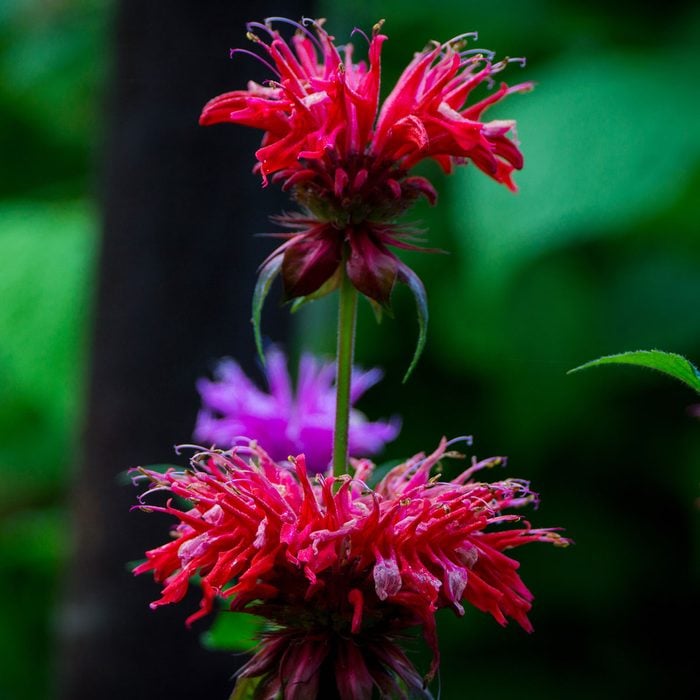
Bee Balm
One of the best flowers for bees, the Honeybee Conservancy ranks bee balm as a favorite flower for the winged workers. Bee balm thrives in full sun and has vibrant red blooming flowers that bees and other pollinators love (among other colors). It’s also a spreader, so make sure you have room for it in your garden.

Goldenrod
“Nothing beats goldenrods for a fall nectar source for pollinators,” notes Penn State Extension. “Stiff goldenrod was a real standout in our trials, vying with mountain mint for attracting the greatest diversity of pollinators.” This bee-friendly perennial grows up to five feet tall and does well in dry to average soils. Plus, the yellow flowers look great in your home landscape.

Lupine
Lupine is a low-growing late spring and early summer bloomer that thrives in dry, sandy soils. Prairie Nursery, one of the first nurseries to grow and sell native plants, says Lupine is not only one of the best flowers for bees, but the only host plant for the rare Karner Blue butterfly. “Habitat loss has led to the decline in Lupine plants in the wild, and put the Karner Blue on the endangered species list,” according to Prairie Nursery.
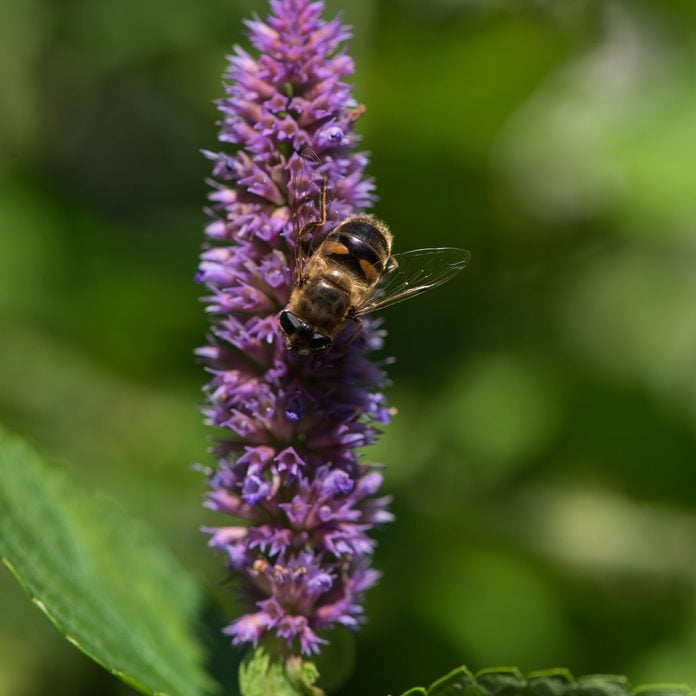
Anise Hyssop
A plant that does well in sun and part shade, anise hyssop is one of the best flowers for bees in parts of the Midwest like Minnesota, as noted by the University of Minnesota’s Bee Lab. The Bee Lab says anise hyssop flowers are particularly attractive to bees and the plant can easily be integrated into most landscapes. The plant, which blooms mid to late summer, attracts honey bees along with other species of pollinators.
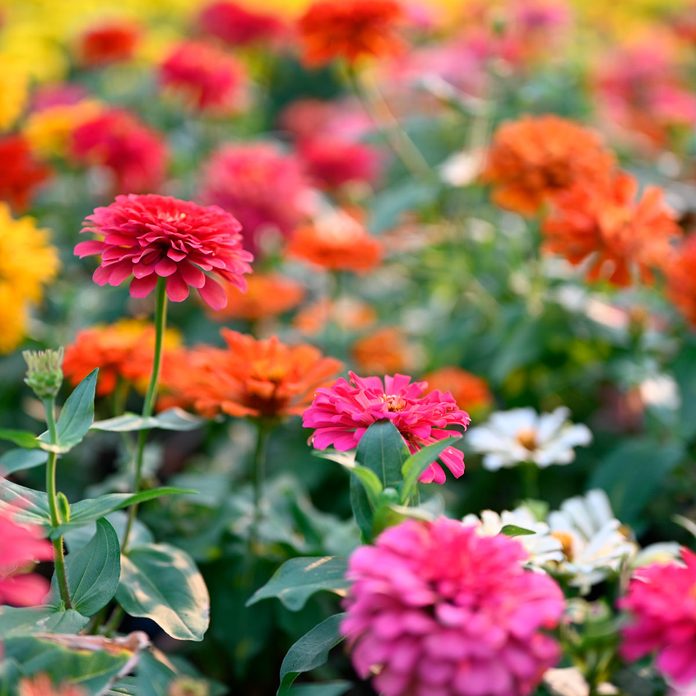
Zinnias
Zinnias are a flower that blooms later in the season and is one of the best flowers for bees, according to the Honeybee Conservancy. Zinnias are an easy annual flower to grow and come in a rainbow of colors that attract pollinators to your garden.
“Monarch butterflies, in particular, love zinnias and pollinate them and use them for food and egg-laying habitat,” according to this article from the San Francisco Chronicle.
Honeybees will also benefit from the flower’s nectar and pollen.
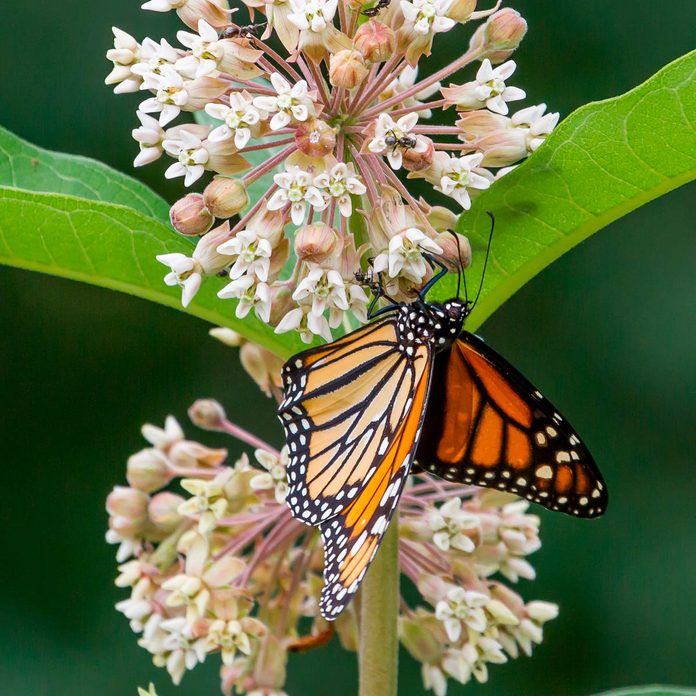
Common Milkweed
When you think of milkweed, you’re most likely thinking of common milkweed. This native plant produces lavender to pinkish flowers in midsummer and the sweet scent of the flowers attracts many pollinators, according to Prairie Nursery. “Monarch butterflies lay their eggs exclusively on plants in the Asclepias genus, otherwise known as milkweeds,” according to the web site. “You’re sure to see monarchs when you plant milkweeds. Milkweeds contain cardiac glycosides (organic compounds) which are absorbed by the monarch caterpillars — whose sole source of food is milkweed foliage — making them and the adult butterflies toxic to birds and other predators.”
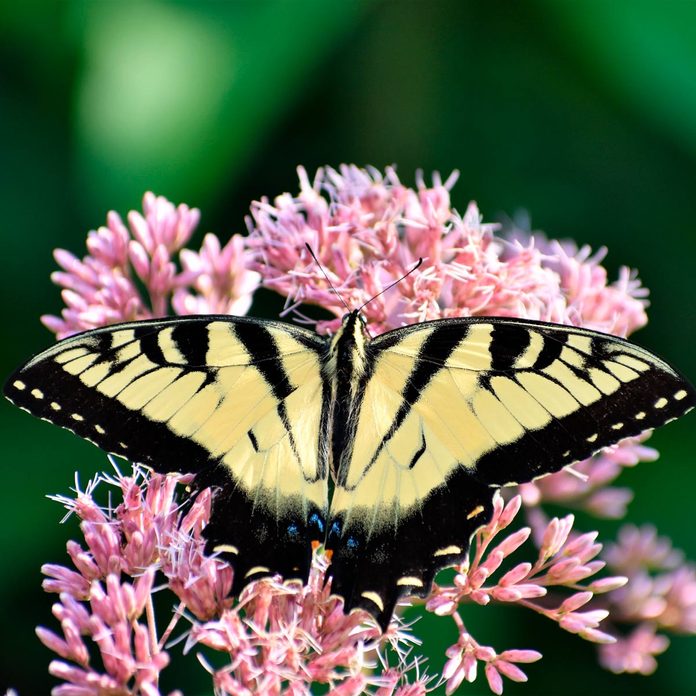
Joe Pye
Penn State Extension says Joe Pye, an easy-to-grow native perennial, stood out for its gorgeous flowers that attract many different species of butterflies. The plant is part of the aster family, and most species tend to grow about five feet or higher.
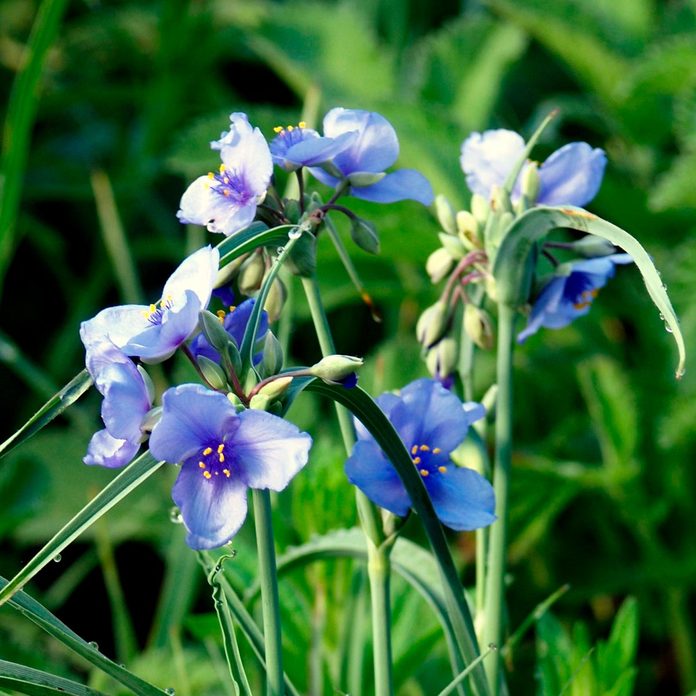
Prairie Spiderwort
One of the best flowers for bees early in the season, prairie spiderwort has deep blue blooms in late spring and early summer. Prairie Nursery ranks it as one of its best plants for pollinators. It’s also easy to care for, as it does well in a variety of soils including hot, dry spots where other flowers and plants may struggle.

Butterflyweed
With its long-lasting, vibrant orange flowers, butterflyweed is a favorite of pollinators, according to Prairie Nursery: “True to its name, butterflyweed attracts legions of butterflies and is an important host plant for Monarchs, Grey Hairstreaks and Queen butterflies.”

Cosmos
Bees love cosmos, an annual flower, for its nectar and pollen, according to the Honeybee Conservancy. “Cosmos are prized for their abundant, silky, daisy-like flowers and their unflappable, easy-care nature in the garden,” notes Burpee, a seed company.
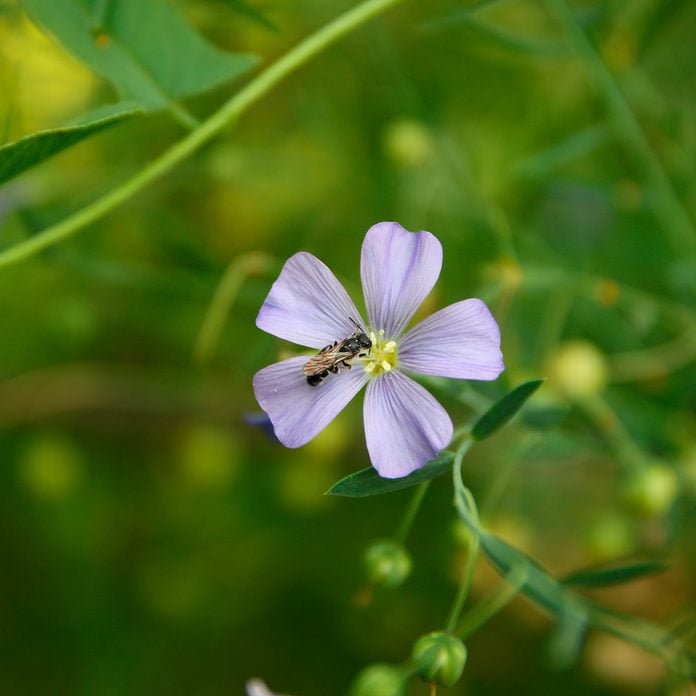
Wild Geranium
One of the earliest bloomers of native plants each spring, wild geranium is one of the best flowers for bees, according to the University of Minnesota’s Bee Lab. This flower is great for those with a lot of shade, as it thrives with little sun, and is known for attracting a variety of bees.
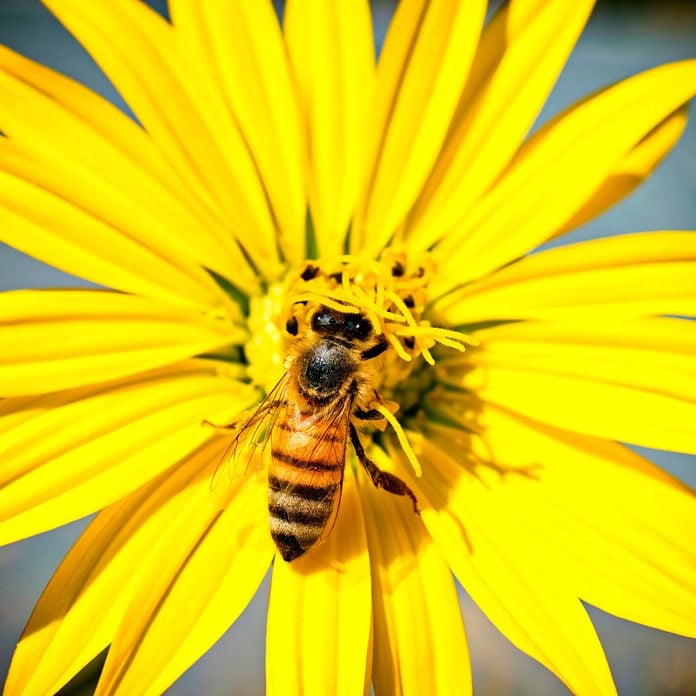
Cup Plant
With tall stalks and vibrant yellow flowers, the University of Minnesota’s Bee Lab says that cup plant is a favorite for honey bees and other bee species and pollinators. It thrives in full sun and blooms mid to late summer. Did you know that different types of bees prefer different flowers? The Bee Lab says, “Some of these preferences are due to the physical size or shape of the bees and the flowers. Some flowers have long tubes with nectar at the bottom. Long-tongued bees are the only bees able to reach the nectar. Other preferences are based on nutritional needs. Some bees are only able to raise their young with pollen from particular plants. These bees are called ‘specialists.’ Other bees are ‘generalists’ and will collect pollen from a wide range of plants.”
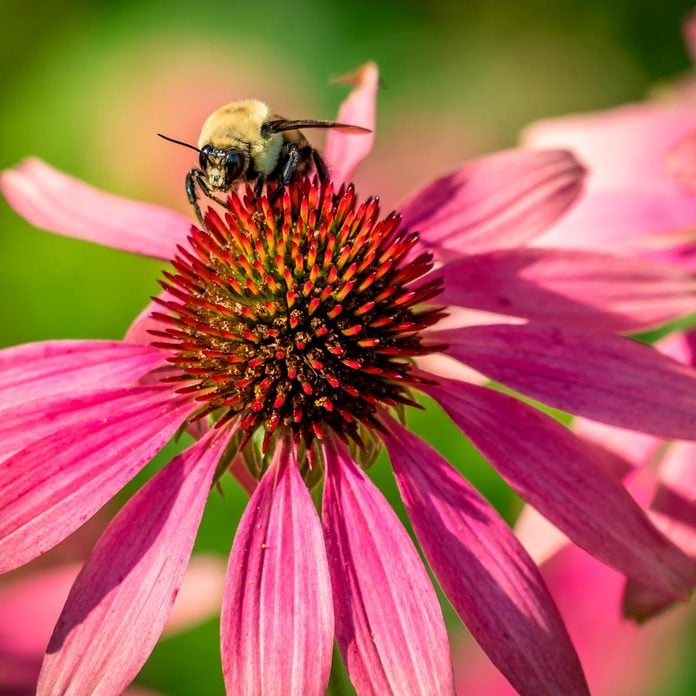
Purple Coneflower
A good option for large and small gardens, the purple coneflower blooms for up to two months to help pollinators. Prairie Nursery says its “showy flowers are a favorite nectar source for butterflies, bees and myriad pollinators, including hummingbirds.” It’s easy to grow and even tolerates clay and dry conditions.